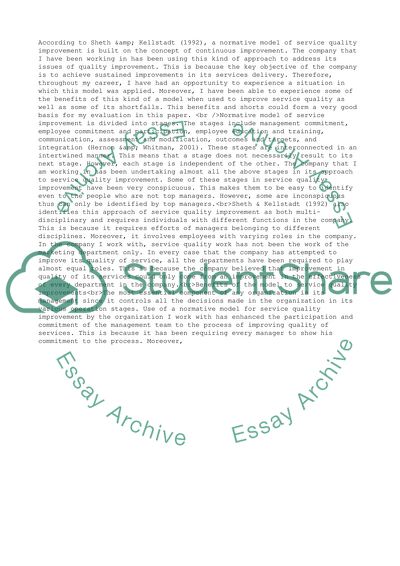Cite this document
(“Service Quality Improvement Essay Example | Topics and Well Written Essays - 2250 words”, n.d.)
Retrieved from https://studentshare.org/business/1457684-service-quality-improvement
Retrieved from https://studentshare.org/business/1457684-service-quality-improvement
(Service Quality Improvement Essay Example | Topics and Well Written Essays - 2250 Words)
https://studentshare.org/business/1457684-service-quality-improvement.
https://studentshare.org/business/1457684-service-quality-improvement.
“Service Quality Improvement Essay Example | Topics and Well Written Essays - 2250 Words”, n.d. https://studentshare.org/business/1457684-service-quality-improvement.


